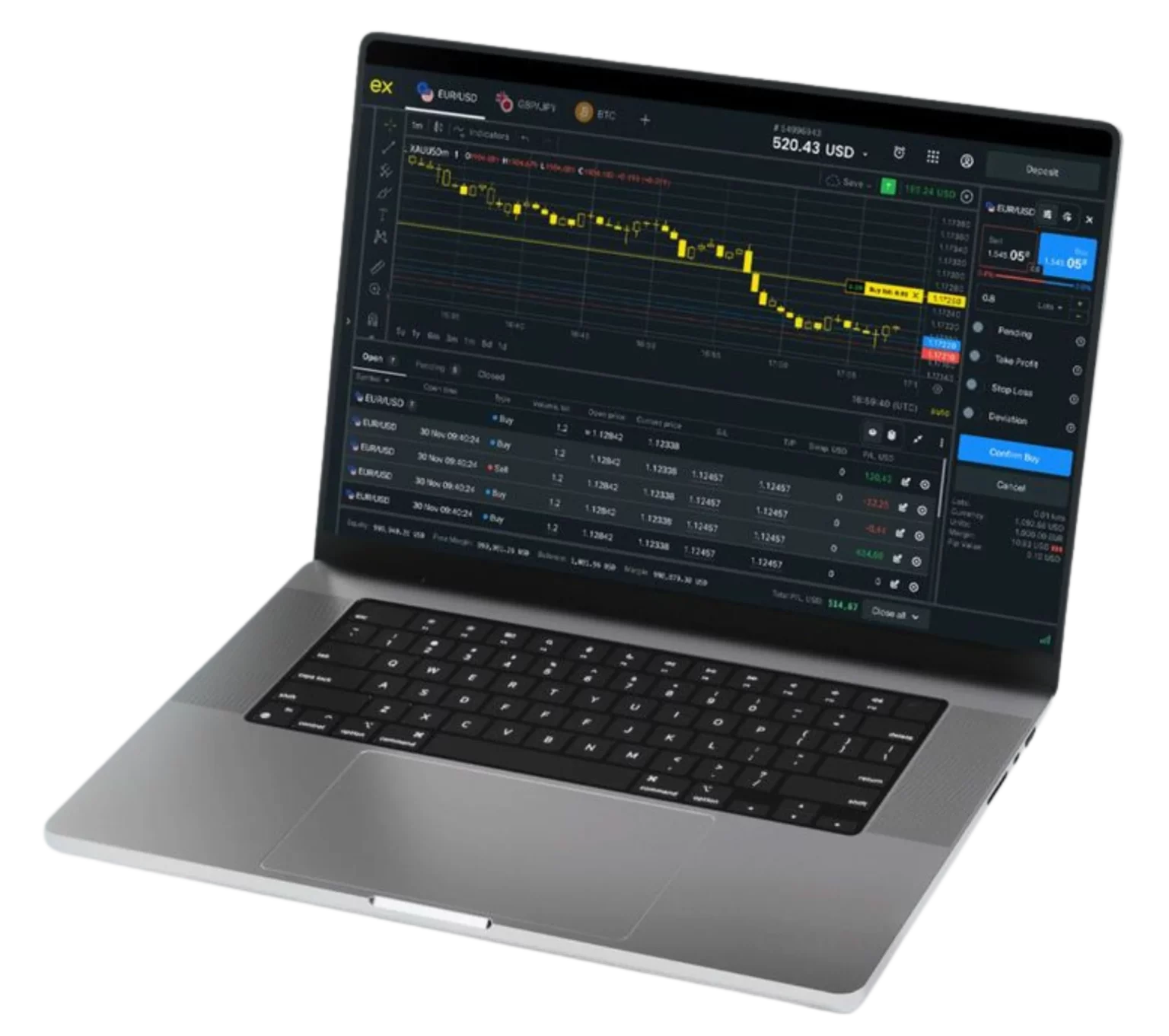- What is the Exness Investment Calculator?
- Using the Exness Investment Calculator
- Benefits of Using the Exness Investment Calculator
- Interpreting the Results from the Exness Investment Calculator
- Key Features of the Exness Calculator
- Exness Calculator vs. Traditional Methods
- Integrating the Calculator into Your Investment Strategy
- FAQ
The Exness Investment Calculator is a powerful tool that equips traders with the necessary financial insights to anticipate trade outcomes. It helps maximize returns, mitigate risk, and fine-tune trading strategies. However, traders are advised to complement this tool with their own analysis before making decisions. Whether you’re an experienced forex trader or new to the market, the investment calculator is a vital tool for more effective portfolio management.
What is the Exness Investment Calculator?
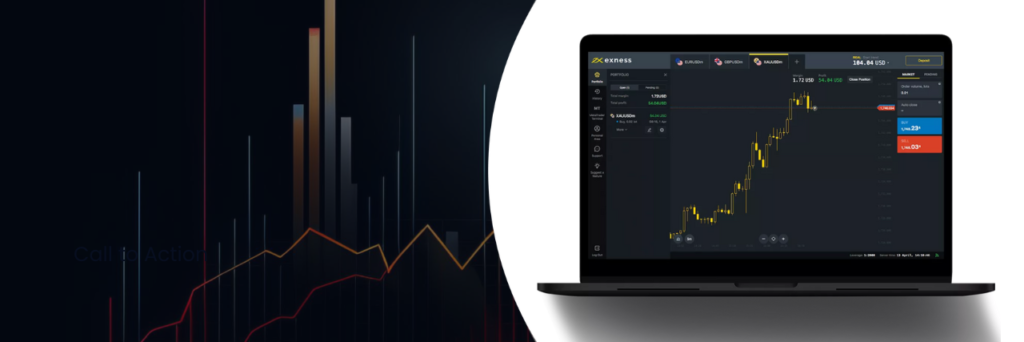
The Exness Investment Calculator is a feature on the Exness platform that enables traders to estimate potential returns and profits from their investments. This tool allows users to simulate various trading scenarios, providing insights into possible outcomes before placing actual trades. It’s an invaluable resource for devising trading strategies, optimizing asset allocation, and managing risk effectively.
Key Components
1. Profit Calculator
- Function: Estimates potential profit or loss based on variables such as entry and exit prices, trade size, and currency pairs.
- Usage: Enter the buying and selling prices and the number of units traded to instantly calculate potential profit or loss, including spreads and any applicable fees.
2. Forex Calculator
- Function: Performs calculations related to currency trading, such as conversions and margin requirements, crucial for forex traders.
- Usage: Input the currency pair, account currency, trade size (in lots), and leverage to view required margin, pip value, and potential profit or loss.
3. Leverage Calculator
- Function: Helps traders understand the impact of leverage on their trades, which can magnify both gains and losses.
- Usage: Enter the amount of capital, leverage ratio, and position value to calculate total exposure and the necessary margin.
4. Trading Calculator
- Function: Provides a comprehensive overview by combining elements from the profit, forex, and leverage calculators.
- Usage: Input details like instrument type, price levels, lot size, and leverage to receive detailed information on margins, pip value, swap fees, and potential outcomes.
Advantages
- Risk Management: Facilitates precise risk calculation per trade, helping to keep risk exposure within acceptable limits.
- Strategy Planning: Aids in the careful planning of entry and exit points, expected returns, and stop-loss orders.
- Financial Optimization: Enables effective use of leverage, balancing the potential for increased returns with the risk of larger losses.
How to Access
You can access the Exness Investment Calculator directly from the Exness website under the tools or resources section. Simply log into your Exness account to use this feature, ensuring all calculations are customized to your specific trading conditions and account settings.
Using the Exness Investment Calculator
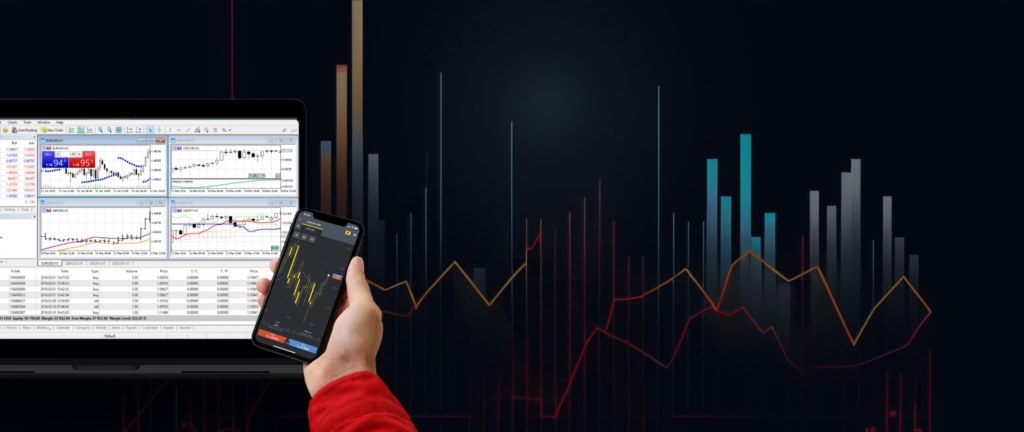
The Exness Investment Calculator is an indispensable tool for traders aiming to analyze potential trades, optimize strategies, and manage risks effectively. Here’s a detailed guide on how to navigate its various features to make the most out of this tool:
Selecting Account Type and Trading Instrument
1. Choose Account Type
- Procedure: Begin by selecting the type of trading account you have on Exness, such as Standard, Pro, or ECN. This step is crucial because each account type comes with different trading conditions—like spreads, leverage options, and commission rates—that will influence the results of your calculations.
- Impact: The account type determines the specific trading conditions you’ll be working with. For instance, a Standard account might offer lower leverage and wider spreads compared to a Pro or ECN account, which can affect your trade’s profitability and risk profile. Choosing the correct account type ensures that the calculator provides results that accurately reflect your trading environment.
2. Select Trading Instrument
- Procedure: Next, select the financial instrument you intend to trade. Exness provides a wide array of options, including forex currency pairs, commodities, indices, and cryptocurrencies. Each instrument has unique characteristics like volatility, liquidity, and trading hours.
- Impact: The choice of trading instrument is critical because different assets exhibit different market behaviors. For example, forex pairs might have lower volatility compared to cryptocurrencies, which can experience rapid price swings. Selecting the right instrument helps in accurately estimating potential profits and assessing associated risks.
Inputting Position Size, Entry Price, and Leverage
3. Position Size
- Procedure: Enter the size of your trade position, typically measured in lots or units depending on the instrument you’re trading. The position size directly influences both your potential profits and risks.
- Impact: A larger position size can lead to higher potential profits, but it also increases the potential risk. For example, trading one standard lot in forex is equivalent to trading 100,000 units of the base currency, amplifying both gains and losses. Balancing position size with your overall risk management strategy is essential for maintaining a sustainable trading approach.
4. Entry Price
- Procedure: Input the price at which you plan to enter the trade. This should be based on thorough market analysis and align with your trading strategy.
- Impact: The entry price is crucial for determining the initial cost of the trade. It also serves as a reference point for calculating potential profits or losses when you set your target and stop-loss levels. An accurate entry price allows you to assess the viability of the trade within the context of your strategy.
5. Leverage
- Procedure: Select the leverage ratio you intend to use for your trade. Leverage allows you to control a larger position than your actual capital investment.
- Impact: Leverage can significantly amplify potential returns, but it also increases the level of risk. For instance, a 1:100 leverage means that a $1,000 deposit can control a $100,000 position. While this can lead to substantial profits, it can also result in equally large losses if the market moves against you. It’s important to apply leverage judiciously, considering both the benefits and risks.
Choosing Account Currency
6. Select Account Currency
- Procedure: Choose the currency in which your Exness trading account is denominated. This ensures that the calculator’s outputs—such as profit, loss, and margin requirements—are displayed in the actual currency you will see in your trading account.
- Impact: Selecting the correct account currency is essential for accurate financial calculations. If your trading account is in USD, for example, and you’re trading a currency pair that includes EUR, the calculator will take into account the conversion rates, ensuring that profit and loss figures reflect the real monetary impact on your account. This helps you better understand your potential gains or losses and the required margin in your account currency.
By carefully selecting the account type, trading instrument, position size, entry price, leverage, and account currency, the Exness Investment Calculator provides you with precise and reliable calculations. This enables you to make informed decisions, optimize your trading strategies, and effectively manage your risk exposure. Whether you are planning your next trade or fine-tuning your investment approach, this calculator is an invaluable tool for any trader.
Benefits of Using the Exness Investment Calculator
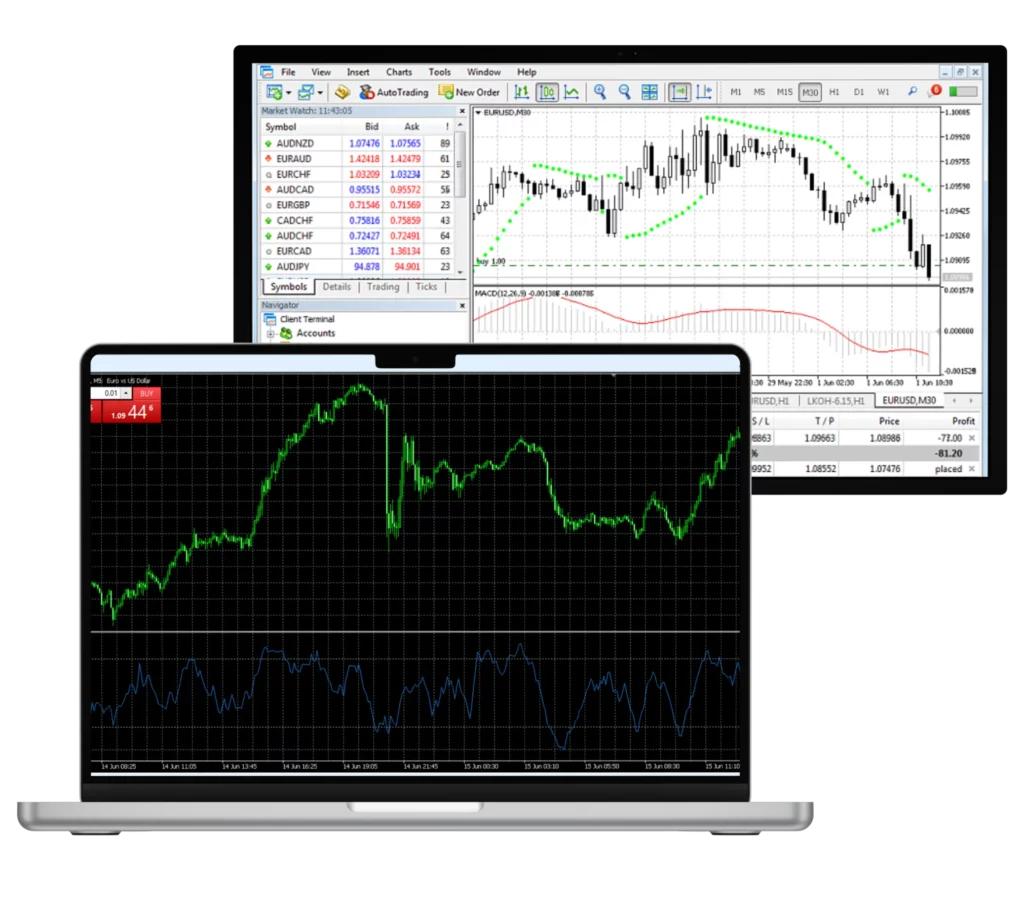
1. Risk Management:
- Description: The Exness Investment Calculator enables traders to accurately calculate the risk per trade, ensuring that they maintain risk exposure within acceptable limits.
- Benefit: By understanding the potential risk involved in each trade, traders can better manage their portfolios, avoiding excessive exposure that could lead to significant losses.
2. Strategy Planning:
- Description: The calculator assists in the detailed planning of trades by helping traders set precise entry and exit points, expected returns, and stop-loss levels.
- Benefit: This meticulous planning enhances the effectiveness of trading strategies, increasing the likelihood of successful trades while minimizing potential losses.
3. Financial Optimization:
- Description: The calculator allows traders to use leverage more efficiently, balancing the potential for higher returns with the increased risk of larger losses.
- Benefit: Traders can maximize their investment potential by optimizing leverage, thus making informed decisions that align with their financial goals and risk tolerance.
How to Access the Exness Investment Calculator
- Access Point: The Exness Investment Calculator is available directly on the Exness website under the tools or resources section.
- Procedure: Simply log into your Exness account to utilize this feature, ensuring that all calculations are customized to your specific trading conditions and account settings.
Using the Exness Investment Calculator empowers you to plan each trade thoroughly by considering various financial metrics and trading conditions. By carefully inputting details such as account type, trading instrument, position size, entry price, leverage, and account currency, you gain a comprehensive overview of potential outcomes. This process not only aids in maximizing potential returns but also enhances your ability to manage associated risks effectively. Whether you are a seasoned forex trader or new to the markets, the investment calculator is an essential tool for managing your trading portfolio more effectively.
Interpreting the Results from the Exness Investment Calculator
When utilizing the Exness Investment Calculator, it’s crucial to understand the output to make well-informed trading decisions. Here’s how to interpret some key aspects of the results:
Margin Requirements and Leverage Impact
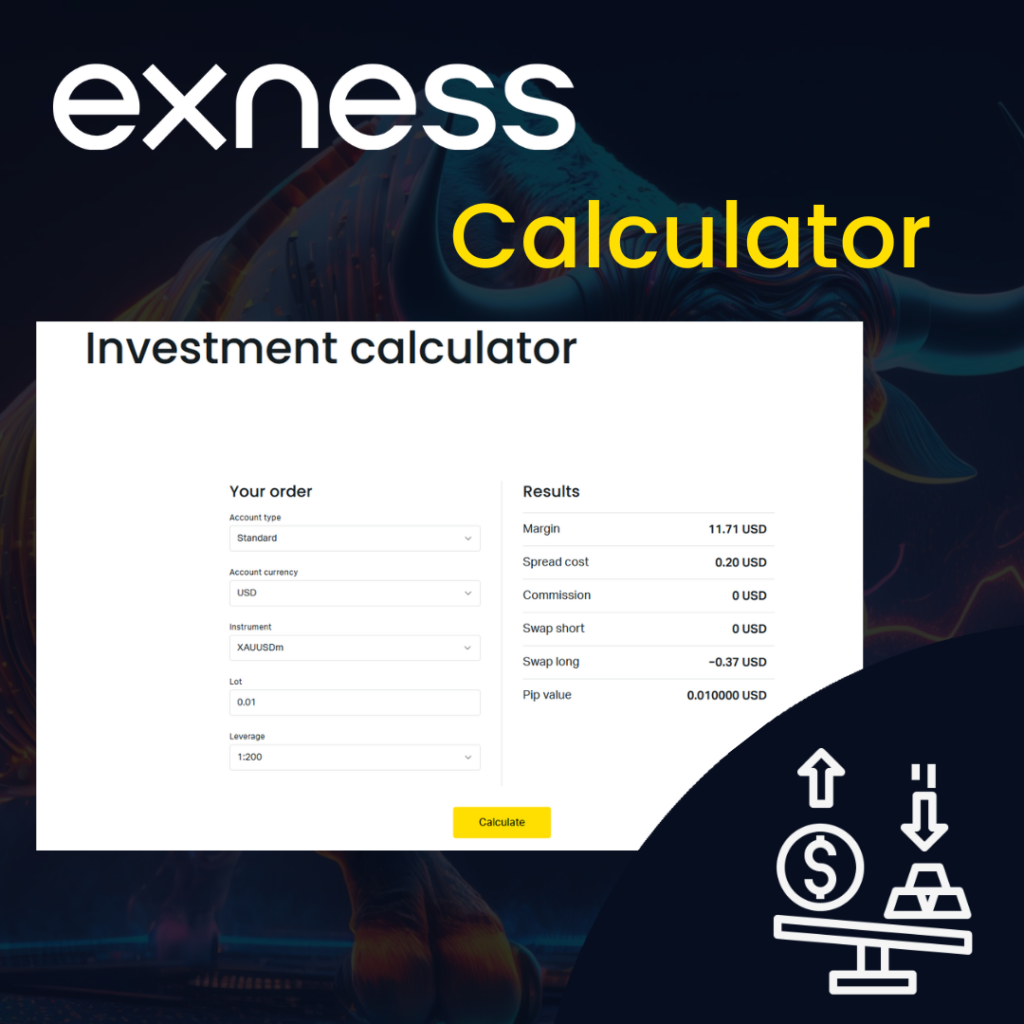
1. Margin Requirements
- Explanation: The margin requirement is the amount of capital needed to open and maintain a position. It is calculated based on the leverage used and the total value of the position.
- Interpretation: Higher leverage reduces the margin requirement, allowing traders to open larger positions with less capital. However, this also increases risk as it amplifies both potential profits and losses. A lower margin requirement indicates higher leverage, leading to greater exposure and risk.
2. Leverage Impact
- Explanation: Leverage allows traders to control a large position with a relatively small amount of capital, essentially borrowing funds to increase market exposure.
- Interpretation: While leverage can significantly boost potential returns, it also amplifies losses. The calculator shows how different leverage levels affect margin requirements and overall exposure, helping traders balance leverage with their risk tolerance.
Spread Cost and Commissions
1. Spread Cost
- Explanation: The spread is the difference between the bid and ask prices of a trading instrument, representing the cost paid when opening a position.
- Interpretation: The calculator displays the cost of the spread based on the position size. Lower spreads mean lower trading costs, which is particularly beneficial for strategies that involve frequent trading, like scalping. Tight spreads are advantageous in high-frequency trading as they reduce the cost per trade.
2. Commissions
- Explanation: Some account types or instruments may involve a commission fee per trade, charged by the broker for executing transactions.
- Interpretation: Understanding the commission structure is essential, as high commissions can reduce profitability, especially for high-volume traders. The calculator shows the total commission costs based on the number of trades and the position size, helping traders factor these costs into their overall strategy.
Swaps and Position Holding Costs
1. Swaps
- Explanation: Swap fees, or overnight interest, are charged when a position is held open overnight. The rate depends on the interest rate differential between the currencies in the pair.
- Interpretation: The calculator estimates swap costs based on current rates. These costs are important when planning to hold positions overnight or longer, as they can affect profitability. Positive swaps can benefit traders holding certain positions, while negative swaps represent an additional cost.
2. Position Holding Costs
- Explanation: These are the costs associated with holding a position over an extended period, including swap fees.
- Interpretation: Understanding these costs is crucial for traders deciding whether to hold positions long-term or close them to avoid significant holding costs. The calculator estimates the total holding costs based on the duration and swap rates.
Pip Value for the Selected Instrument
1. Pip Value
- Explanation: Pip value indicates the monetary impact of a one-pip movement in the exchange rate on the position.
- Interpretation: This metric is essential for understanding the potential profit or loss from price movements. The calculator shows the pip value, helping traders set precise risk management measures, such as stop-loss orders. Pip value varies depending on the currency pair, trade size, and account currency, making it a critical factor in effective trading.
By thoroughly interpreting these results, traders can refine their strategies, manage risks, and optimize their trading performance using the Exness Investment Calculator.
Comprehensive Results
1. Profit and Loss Estimations
- Explanation: The Exness Investment Calculator estimates potential profit or loss based on the variables you input, such as entry and exit prices, position size, and leverage.
- Interpretation: By analyzing these profit and loss estimates, traders can assess whether a trade aligns with their risk/reward ratio and overall trading strategy. This insight is crucial for determining if a trade is worth pursuing under your specific risk management criteria.
2. Risk Management Insights
- Explanation: The calculator provides essential risk management metrics, including required margin, the impact of leverage, and suggested stop-loss levels.
- Interpretation: These insights help traders manage their exposure effectively, ensuring they set appropriate risk limits and maintain a balanced trading approach. Proper interpretation of these metrics is vital for minimizing potential losses and preserving capital over the long term.
3. Scenario Analysis
- Explanation: The calculator allows you to simulate different trading scenarios by adjusting key variables such as position size, leverage, and entry/exit prices.
- Interpretation: This feature helps traders visualize potential outcomes for various strategies, aiding in the creation of robust and well-informed trading plans. By understanding how different factors affect the trade, you can optimize your approach to align with your goals.
The Exness Investment Calculator delivers comprehensive results that empower traders to make informed decisions. By accurately interpreting elements like margin requirements, leverage impact, spread costs, commissions, swap rates, and pip values, traders can effectively manage their risks and optimize their trading strategies. Each of these components plays a critical role in determining the financial success of trades, and understanding them is key to achieving long-term trading success.
Example of Using the Exness Investment Calculator
To illustrate how to use the Exness Investment Calculator effectively, let’s consider a practical example:
Scenario:
A trader wants to calculate potential profits and the required margin for a forex trade on the EUR/USD currency pair.
- Account Type: Standard
- Trading Instrument: EUR/USD
- Account Currency: USD
- Position Size: 1 lot (100,000 units)
- Entry Price: 1.1800
- Exit Price: 1.1850
- Leverage: 1:100
Steps to Use the Calculator:
1. Select the Account Type:
- Action: Choose ‘Standard’ from the dropdown menu.
2. Input Trading Instrument:
- Action: Type in or select ‘EUR/USD’ from the list of available instruments.
3. Set the Account Currency:
- Action: Ensure ‘USD’ is selected as the account currency.
4. Enter the Position Size:
- Action: Input ‘1 lot,’ which is equivalent to 100,000 units of the base currency.
5. Provide Entry and Exit Prices:
- Action: Enter ‘1.1800’ as the entry price and ‘1.1850’ as the exit price.
6. Choose Leverage:
- Action: Select ‘1:100’ from the leverage options available.
Results:
1. Profit/Loss:
- Calculation: The profit is calculated based on the difference between the entry and exit prices.
- Result: With a 50 pip increase (from 1.1800 to 1.1850), and each pip valued at $10 for a standard lot, the profit would be $500.
2. Required Margin:
- Calculation: The required margin is calculated based on the leverage and the total value of the position.
- Result: With a leverage of 1:100, the required margin for a 1 lot position of EUR/USD would be $1,180, which is 1% of the $100,000 position value.
3. Pip Value:
- Calculation: Pip value represents the monetary value of a one-pip movement in the exchange rate.
- Result: For EUR/USD, the pip value is $10 per pip for a standard lot.
Key Features of the Exness Calculator
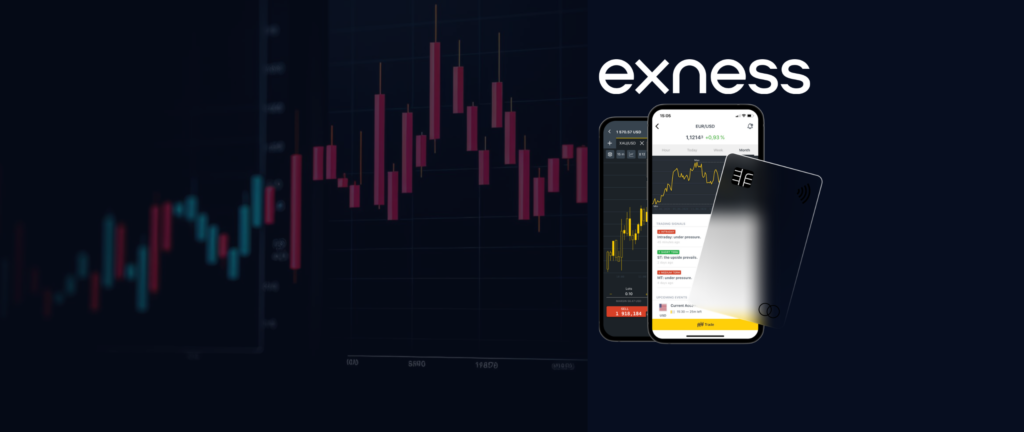
Understanding Potential Profits and Risks
1. Profit Calculations:
- Feature: The Exness Calculator allows traders to input hypothetical entry and exit points for a trade to estimate potential profit or loss.
- Benefit: This feature aids in planning trades more effectively by setting realistic profit targets, allowing traders to align their expectations with market possibilities.
2. Risk Assessment:
- Feature: The calculator computes the required margin based on the leverage used, giving traders a clear understanding of the capital at risk.
- Benefit: This helps traders manage their trading capital more efficiently by ensuring they do not over-leverage and maintain appropriate risk levels.
Customizable Investment Scenarios
1. Versatility in Parameters:
- Feature: Traders can adjust a variety of parameters, including leverage, position size, and stop-loss/take-profit levels, to see their impact on potential outcomes.
- Benefit: This flexibility allows traders to tailor their strategies to different market conditions, enhancing the precision and effectiveness of their trading plans.
2. Scenario Analysis:
- Feature: The calculator enables traders to simulate different market conditions and trading decisions without financial risk.
- Benefit: By analyzing various scenarios, traders can identify the most rational and potentially profitable strategies for any given market situation.
Integral for Traders
1. Profitability Analysis:
- Feature: The calculator provides a detailed analysis of potential changes, giving traders a comprehensive understanding of trade outcomes.
- Benefit: This holistic view helps traders evaluate the profitability of trades more accurately, supporting better decision-making.
2. Informed Decision-Making:
- Feature: The calculator presents a thorough analysis of profits, risks, and margin requirements.
- Benefit: This information enables traders to make informed decisions, strategically plan their trades, and manage their finances effectively.
Exness Calculator vs. Traditional Methods
1. Speed and Efficiency:
- Exness Calculator: Provides instant calculations for profit, loss, margin requirements, and more with minimal input.
- Traditional Methods: Involves manual calculations or using multiple tools, which can be time-consuming and prone to errors.
2. Accuracy:
- Exness Calculator: Automatically incorporates current market conditions, exact leverage settings, and instrument specifications.
- Traditional Methods: Relies on the trader’s knowledge of financial formulas and market specifics, increasing the risk of miscalculations.
3. Accessibility:
- Exness Calculator: Accessible online without the need for downloads or specific hardware, allowing for convenient, on-the-go calculations.
- Traditional Methods: Often require access to detailed financial tables, spreadsheets, or desktop software, which may not be as convenient.
4. Comprehensive Analysis:
- Exness Calculator: Integrates various financial calculations into one tool, offering a holistic overview of potential trade outcomes.
- Traditional Methods: Typically requires separate tools for different analyses, making it challenging to achieve a comprehensive assessment.
Integrating the Calculator into Your Investment Strategy
1. Pre-Trade Analysis:
- Use: Leverage the calculator to assess potential profits and risks before entering a trade. Input different scenarios to see how market price changes, leverage, or position size could impact the outcome.
- Benefit: This pre-trade analysis helps you make more informed trading decisions, potentially improving trade success rates.
2. Risk Management:
- Use: Regularly utilize the calculator to determine the appropriate leverage and margin for your trades, ensuring you avoid overexposure in any position.
- Benefit: This practice helps maintain a balanced portfolio and minimizes the risk of significant losses.
3. Performance Review:
- Use: After closing trades, compare the expected results calculated by the tool with the actual outcomes to gain insights into the effectiveness of your trading strategy.
- Benefit: This review process allows you to refine your strategies and improve future performance.
4. Strategic Adjustments:
- Use: Adjust your trading strategies based on the insights provided by the calculator, such as reducing leverage or position sizes if risk levels are consistently high.
- Benefit: Making strategic adjustments based on data can lead to better long-term trading results.
5. Educational Tool:
- Use: For newer traders, the calculator serves as a learning tool to understand the financial mechanics of trading, such as margin, leverage, and pip value.
- Benefit: This educational aspect helps build a solid foundation for trading, enhancing confidence and skill over time.
FAQ
What is the Exness Investment Calculator?
- The Exness Investment Calculator is a comprehensive tool designed to help traders estimate potential profits, assess risks, and simulate different trading scenarios by adjusting variables such as leverage, position size, and entry/exit prices. It combines various financial calculations into one platform, making it easier for traders to plan and manage their trades effectively.

